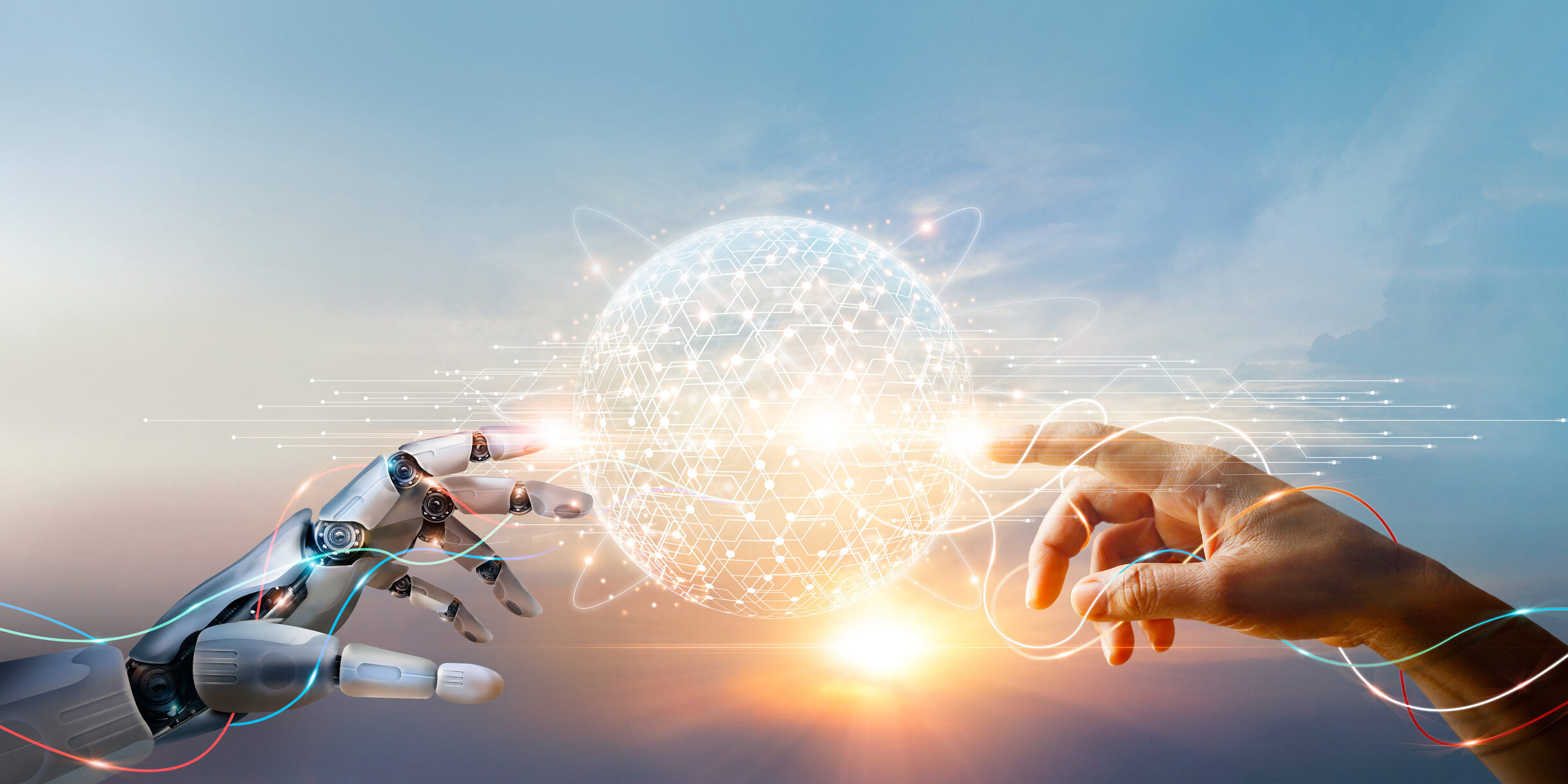Artificial intelligence or AI is a rapidly evolving technology, with countless companies pursuing AI-related Digital Transformation projects. Versatility is perhaps one of the most significant qualities that have made this powerful emerging technology so popular. Virtually any process or technology can be improved with a well-architected AI algorithm.
More recently, we’ve seen the emergence of multimodal machine learning, which has been truly transformative for AI, supercharging AI implementations on all levels. But what is multimodal machine learning and how does it impact AI implementations?
What is Single Modal Machine Learning ?
Up until fairly recently, single modal machine learning was the standard for AI implementations. Single modal refers to the data source that’s used to generate an AI algorithm. So with single modal AI, a single data source is used to generate the AI’s algorithm.
As you can imagine, single modal AI is rather limiting. But for the first generation of AI, single modal machine learning was considered standard. That is, until we saw the rise of multimodal machine learning.
What is Multimodal Machine Learning?
Multimodal machine learning can be used to generate powerful AI algorithms – algorithms that are used to perform some very complex tasks. When considering single modal vs multimodal AI, the key difference is the number of data inputs that can be used to create a machine learning model that serves as the basis of an AI implementation. As mentioned above, single modal AI involves the use of just one data source. But with multimodal AI, you can use a wide variety of data sources, bringing about a far more granular view for your AI implementation.
Putting this to work, let’s say you have a medical AI implementation that’s used to predict which patients are going to require more aggressive medical treatment. With single modal AI, you may opt to input heart rate data, which is certainly useful, but it fails to provide a well-rounded depiction of the patient’s symptomology.
If we examine the same scenario but use multimodal AI instead of single modal AI, the end result is far more granular and comprehensive. We can choose multiple data sources as inputs such as heart rate, temperature, pulse ox levels, blood sugar readings and other relevant videos and content. With so many different data sources at your disposal, the resulting AI algorithm will allow for a more sophisticated and useful AI implementation.
Using Multimodal AI to Improve Your Business Processes
At 7T, we have extensive experience with multimodal AI implementations, so you can deploy your new AI solution with tremendous confidence.We also integrate machine learning (ML) technology, leading to gradual improvement over time.
Machine learning is used to generate AI models, which are the algorithms that drive AI processes. ML allows you to identify patterns and trends, which are then used to improve the AI model, allowing for more accurate predictions. Over time, machine learning brings about improvements to the AI model, allowing for continued improvements and overall better performance. The end result is a self-improving AI algorithm that generates a healthy ROI that has the potential to increase over time.
The Digital Transformation development team here at 7T is guided by the approach of “Digital Transformation Driven by Business Strategy.” As such, the 7T development team works with company leaders who are seeking to solve problems and drive ROI through Digital Transformation and innovative business solutions such as multimodal machine learning-powered AI implementations.
7T has offices in Dallas, Houston and Austin, but our clientele spans the globe. If you’re ready to learn more about AI development solutions, contact 7T today.










